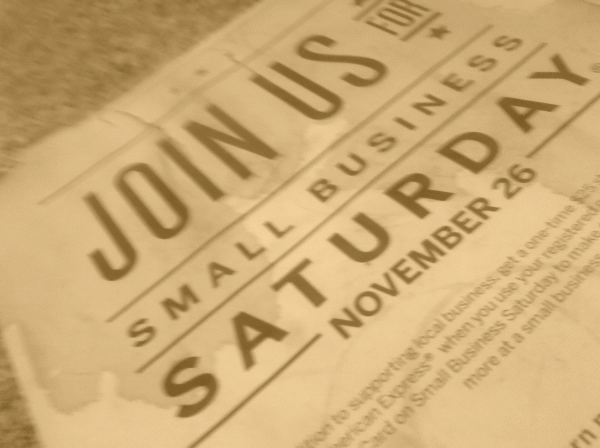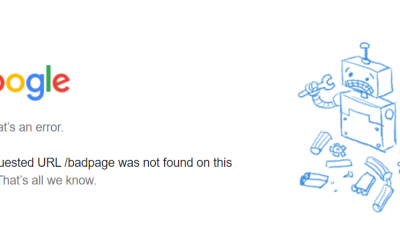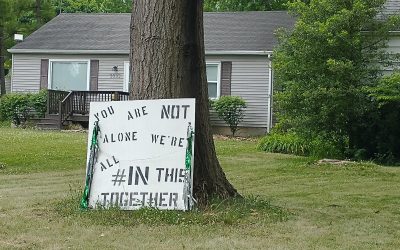The top 10 busiest shopping days typically account for about 40% of all holiday shopping visits to physical stores. (2019 was 46.5% of the total season’s brick-and-mortar traffic whereas in “2020 COVID”, the busiest shopping days accounted for 35.2%). Source: Forbes...
Marketing and Advertising Insights
ReOrganizing The WorkPlace
In less than 2 months it will be 2022, nearly two years since the American Lifestyle was disrupted due to a mysterious virus we call Covid-19. The pandemic and our response to it created a acceleration of certain changes that were happening but at a slower pace. For...
Customer Trust Builds Customer Loyalty
In last week’s article and podcast episode which featured material from my SoundADvice newsletter, I mentioned that when all things are equal, the decision we use to determine who we purchase from is based on… perception! And that perception is, who’s better, who’s...
What’s Your Edge?
In the world of selling products and services, when all things are equal, the decision we use to determine who we purchase from is based on… perception! And that perception is, who’s better, who’s more trustworthy, and who’s more reliable! In most cases, many...
Feelin’ Good
How are the feeling right now? Are you: Happy? Sad? Excited? Scared? Hopeful? Hurting? Melancholy? Enthused? No matter what you said you are feeling right now, it's okay. I just randomly came up with 8 possible emotions that you could be feeling at this moment and if...
Are You Missing?
A decade ago, I took a break from working in radio to work full-time for a website development firm that had some cutting edge technology back in 2011. My job was to find companies that needed website upgrades and introduce them to our platform so we could bring them...
6 Lessons Learned From Surviving A Pandemic
Now that we've made it this far in a once in a century pandemic, I thought I'd share with you a piece that I wrote for radio insiders. First, the backstory. This summer, radio consultant Loyd Ford reached out to me to be a guest columnist on his website that is...
A Lesson in Business from the Business of Baseball
Long before baseball was known as BIG business it was known as America’s favorite pastime! But the truth be told, it’s always been a business and some valuable lessons can be learned by looking at how a baseball organization is run. As a fan, we look at baseball as...
The Power of Planning Ahead
How far ahead do you plan? Recently I was having coffee with a friend who was planning on a trip to Novi, Michigan to spend time with his wife's family. It was a day trip and he was noticeably stressed about it. It was a spur of the moment thing that sounded like fun...









